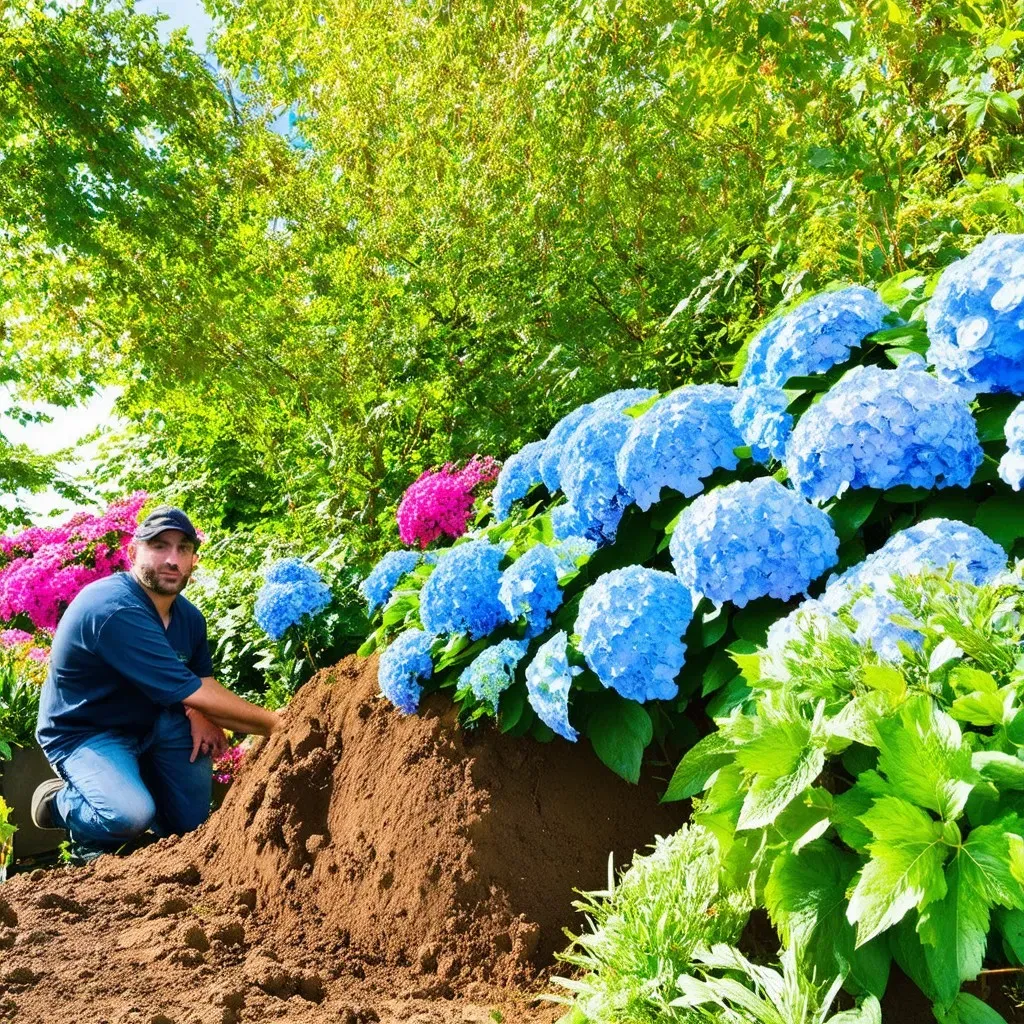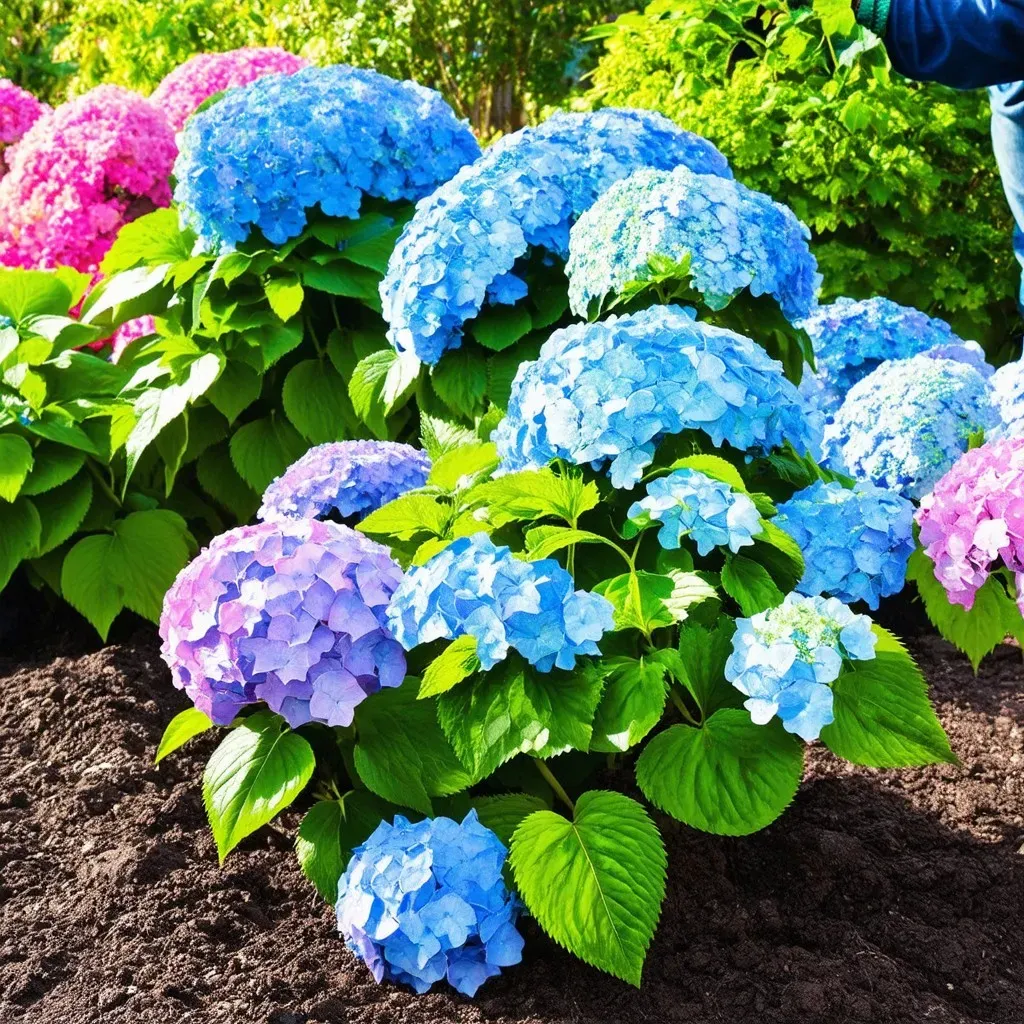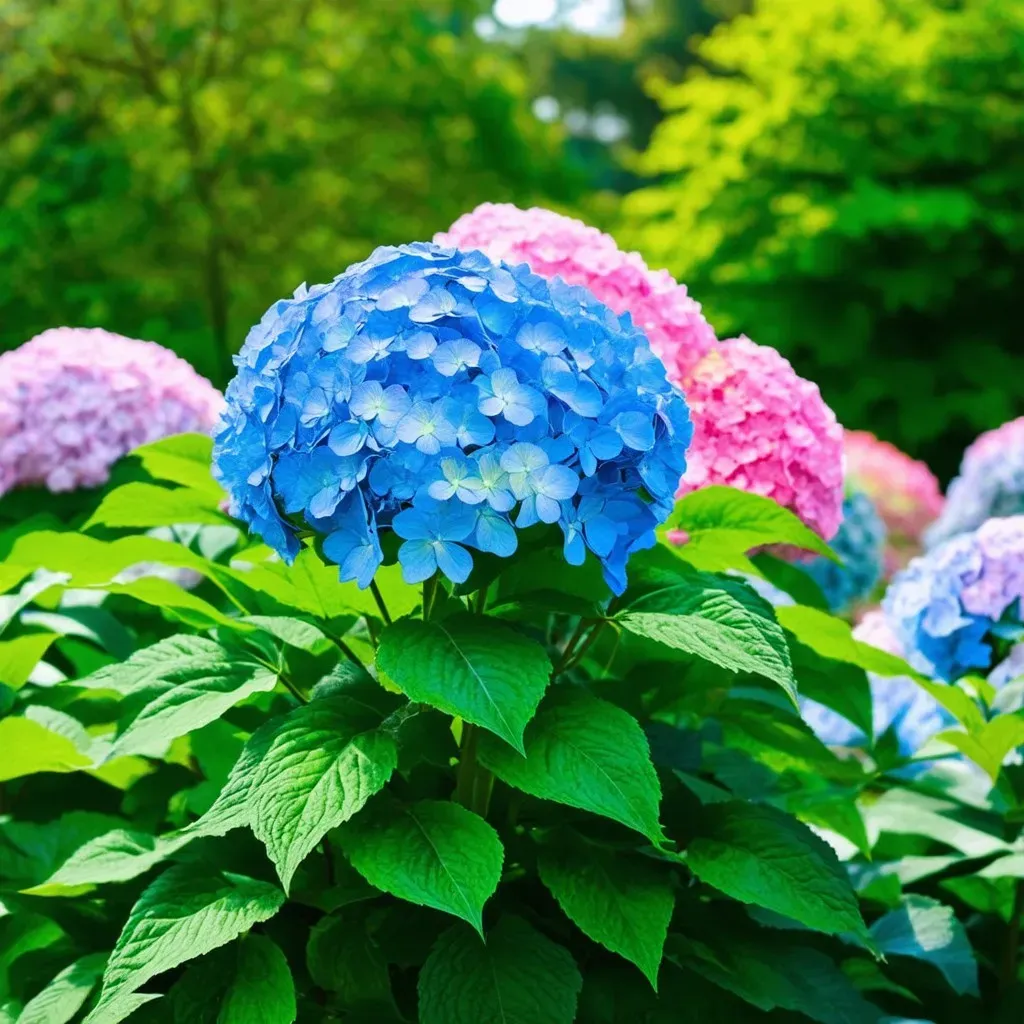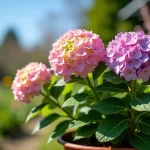When it comes to planting hydrangeas, one crucial aspect that many gardeners overlook is how deep to plant hydrangea. The planting depth of hydrangeas can determine not only their growth and health but also the vibrancy of their stunning blooms.
Understanding the Right Depth for Hydrangea Planting
Planting your hydrangeas at the right depth is essential for their overall success. Ideally, you should plant hydrangeas so that the top of the root ball is level with the soil line or slightly above it. This ensures that the plant gets adequate air circulation and prevents the roots from rotting.
Recommended Planting Depths
According to experts:
- Depth of Hole: Dig a hole that is the same depth as the root ball of the hydrangea.
- Width of Hole: The hole should be 2 to 3 times wider than the root ball. This encourages root spreading which is vital for nutrient uptake and stability.
Here’s a quick reference table summarizing the planting depth parameters for hydrangeas:
| Parameter | Measurement |
|---|---|
| Depth of Hole | Same as root ball |
| Width of Hole | 2-3 times wider than root ball |
Steps for Planting Hydrangeas at the Right Depth
1. Preparing the Planting Site
- Choose a Sunny Spot: Hydrangeas prefer dappled sunlight with some shade. Avoid areas where they will be exposed to strong winds.
- Soil Quality: Ensure soil is well-draining and rich in organic matter.
2. Digging the Hole
- Size of the Hole: Dig a hole that is as deep as the root ball and 2-3 times wider. Loosening the soil at the bottom can help roots establish better.
3. Positioning the Hydrangea
- Leveling the Root Ball: Place the hydrangea in the hole with its top root ball level with the ground surface (or slightly above).
4. Filling the Hole
- Backfilling: Fill the hole gently with soil, ensuring no air pockets and that the roots are comfortably placed.
5. Water Generously
- Hydrangeas require a deep drink right after planting. Be sure to saturate the soil without creating a soggy mess, which can lead to root rot.
Quick Reference Guidelines
| Step | Description |
|---|---|
| Dig Hole | Same depth as root ball, double the width |
| Positioning | Top of the root ball level with the ground |
| Backfill | Fill gently, avoiding air pockets |
| Watering | Generously after planting, ensuring good saturation |

Mulching for Moisture Retention
After planting, always apply a 2-3 inch layer of mulch around your hydrangeas. This helps retain moisture in the soil, which is critical, especially during dry spells. Make sure the mulch does not directly touch the base of the plant, to avoid rot.
FAQs About Planting Hydrangeas
Q1: Can I plant hydrangeas in the fall?
A1: Yes! Early fall is a great time to plant hydrangeas, allowing them to establish roots before winter.
Q2: What type of soil do hydrangeas prefer?
A2: Hydrangeas thrive in loamy, well-drained soil. A pH of 6.0 to 6.5 will promote healthy blooms.
Q3: Should I amend the soil before planting?
A3: Adding compost to your soil can enrich its nutrients, promoting better growth.
Q4: How far apart should hydrangeas be planted?
A4: Depending on the variety, plant hydrangeas 3 to 10 feet apart for optimal air circulation and growth.

Common Mistakes to Avoid
-
Planting Too Deeply: It’s crucial that the root ball is at ground level. Planting too deep can suffocate the roots, leading to poor growth.
-
Ignoring Sunlight Needs: Hydrangeas often suffer when planted in full sun. They need morning sunlight with afternoon shade.
-
Neglecting Soil Care: Avoid compacted soil conditions. Well-draining soil is vital for healthy hydrangea growth.
-
Over-watering After Planting: While hydrangeas need moisture, excessive water can lead to root rot.
Additional Hydrangea Care Tips
-
Watering Schedule: Depending on the weather, aim for a deep watering once or twice per week, ensuring the soil stays moist but not waterlogged.
-
Pruning: Regular pruning helps manage the size and encourages bushier growth, making your hydrangeas even more spectacular.
-
Pest Management: Keep an eye out for pests. Regular inspections can help catch any potential issues early, ensuring your hydrangeas stay healthy.
Conclusion
Properly understanding how deep to plant hydrangea is vital for ensuring their long-term success and beautiful blooms. Following the guidelines and steps outlined above will set you on the right path toward a thriving hydrangea garden. Remember, while hydrangeas are resilient, the initial planting strategy lays the foundation for their beauty.
For more detailed care guidelines and tips, you can check out resources like The Old Farmer’s Almanac and Epic Gardening to get the best practices for your gardening journey!



